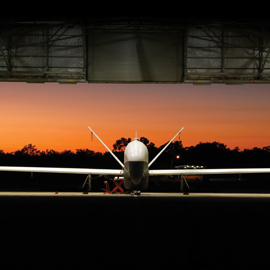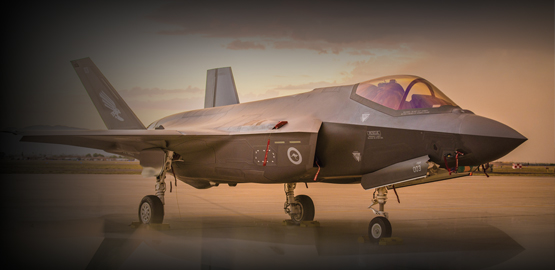Publications
"Nobody does defense policy better than CSBA. Their work on strategic and budgetary topics manages to combine first-rate quality and in-depth research with timeliness and accessibility—which is why so many professionals consider their products indispensable." – Gideon Rose, Editor of Foreign Affairs, 2010-2021
Deploying Beyond Their Means: America’s Navy and Marine Corps At a Tipping Point
Today the Navy and Marine Corps are facing a fundamental choice: maintain current levels of forward presence and risk breaking the force or reduce presence and restore readiness through adequate training, maintenance, and time at home.
Defense Reform
At a Senate Armed Services Committee hearing CSBA's Vice President for Studies Jim Thomas’ argued that new legislation is needed to ensure the DoD is effectively organized to address current and future security challenges.
Revisiting the Roles and Missions of the Armed Forces
In his testimony before the Senate Armed Services Committee, Robert Martinage argues that the roles and missions of the Armed Forces need to be realigned to better address U.S. national security challenges and preserve U.S. military superiority in the decades ahead. His remarks focus on three broad areas for change: the possible creation of new Services for space, cyber, and special operations; the need for increased Service specialization; and the concept of “competitive jointness,” meaning encouraging healthy intra- and inter-Service rivalry to foster innovation.
The Future of Warfare
In his testimony before the Senate Armed Forces Committee, Bryan Clark argues that after almost three decades of military dominance following the fall of the Soviet Union, the United States is facing an era of increased competition.
Alternative Approaches to Defense Strategy
In his testimony before the Senate Armed Services Committee, Dr. Andrew F. Krepinevich describes the current threats facing the United States and argues that the need for a well-crafted defense strategy has never been greater. Three revisionist powers in three different regions are confronting the United States and actively challenging the rules-based international system. At the same time, the means available to address these challenges are diminishing. The United States will need to develop different ways of deterring our enemies and of defeating them if deterrence fails. This effort should be informed by (and inform) the strategy we adopt.
Undersea Warfare Game Changers
In his remarks before the House Armed Services Seapower and Power Projection Forces Subcommittee, Bryan Clark argues that American undersea dominance will increasingly be contested by competitors who are pursuing new detection technologies while growing and quieting their own submarine fleets. To affordably sustain its undersea advantage well into this century, the U.S. Navy must accelerate innovation in undersea warfare by evolving the role of manned submarines and exploiting emerging technologies to field a new "family of undersea systems."



























